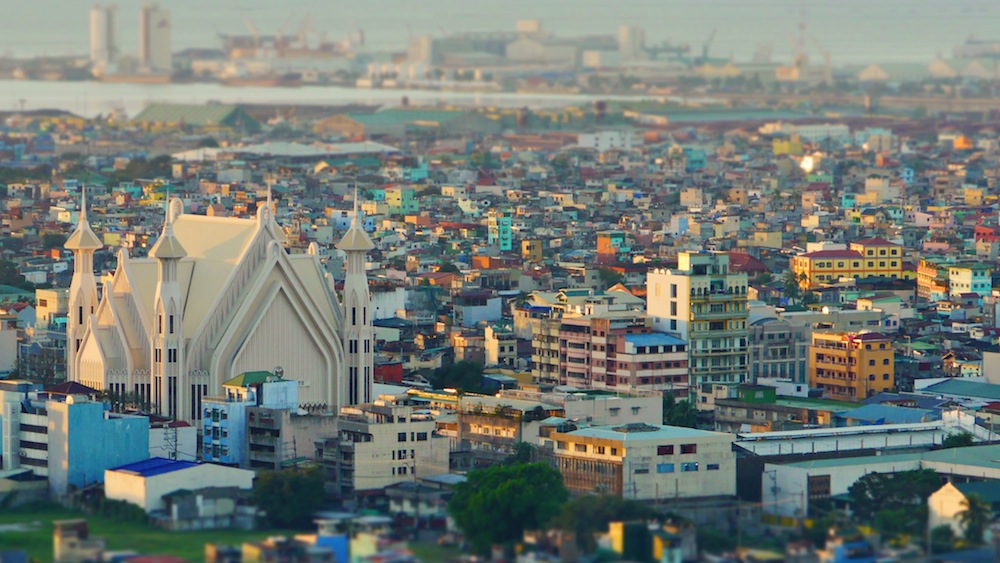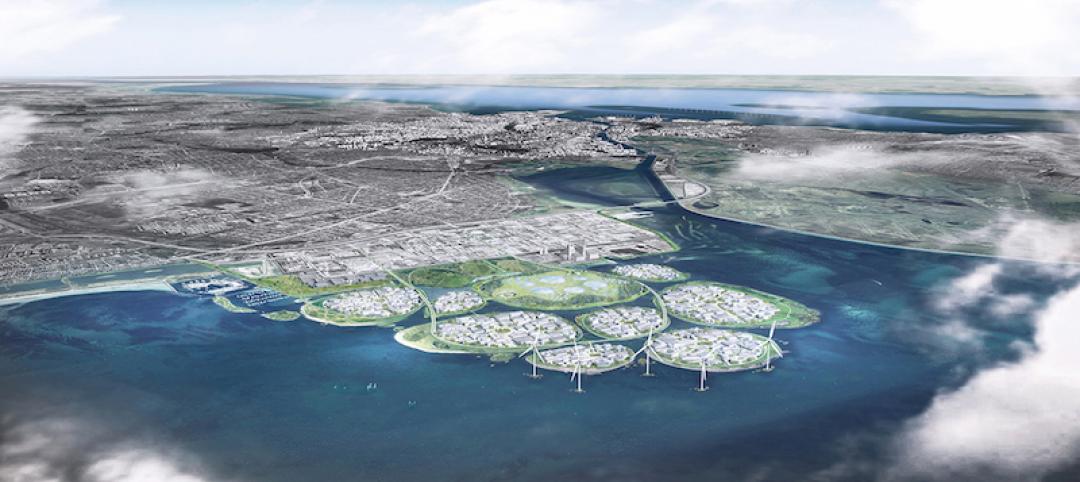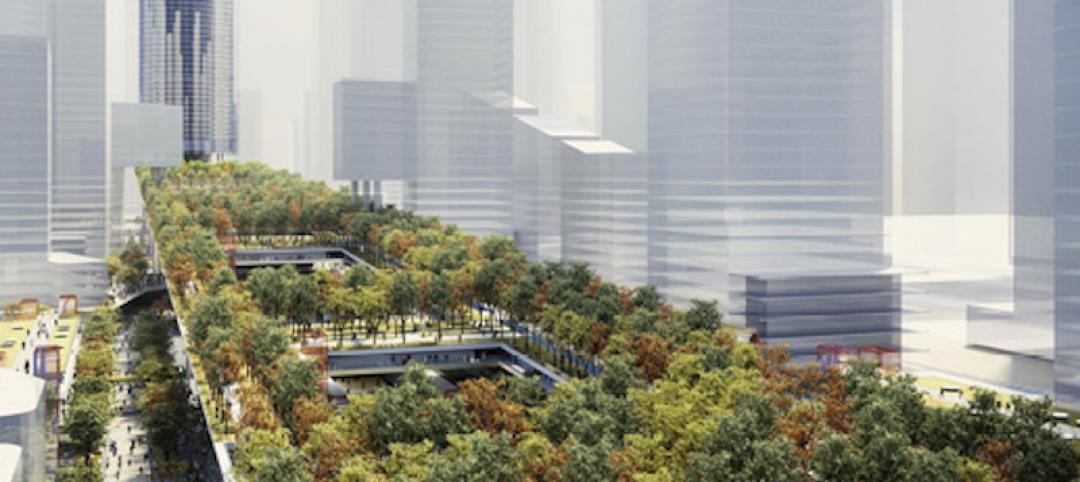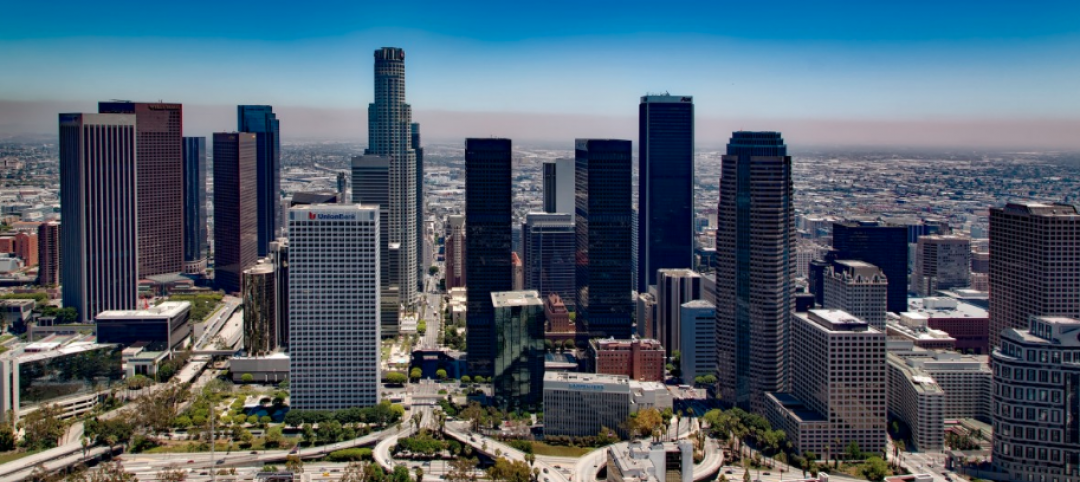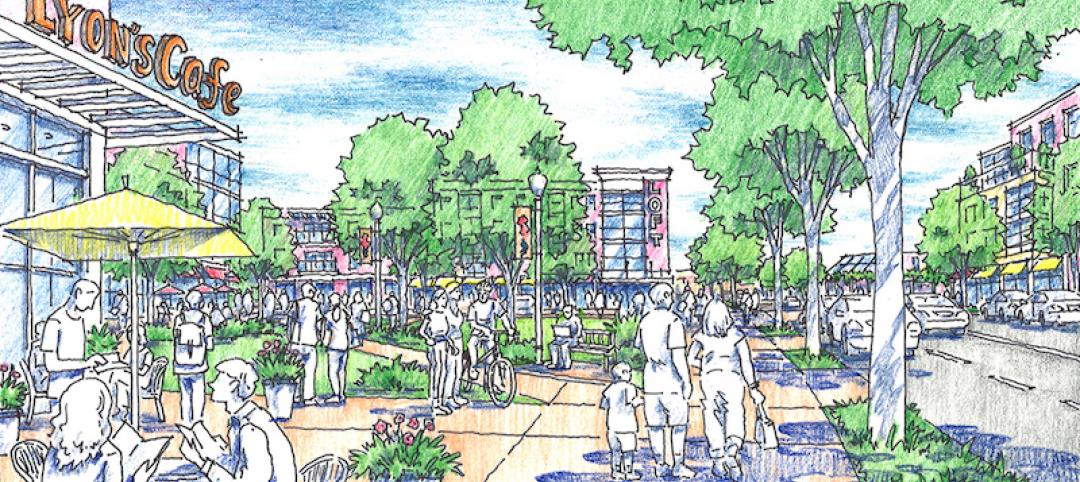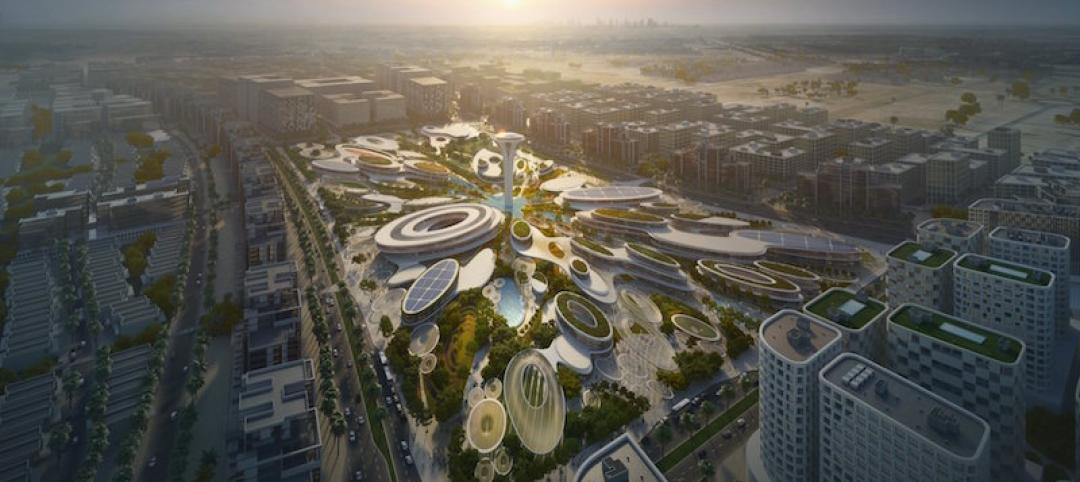Cities like Manila, Wuhan, and Dhaka are relatively unknown now, but that is soon changing.
CityLab examined a new report from the McKinsey Global Institute that identified 600 cities from across the world that will be responsible for 65% of global economic growth from 2010 through 2025. The growing cities could account for as much as $30 trillion a year.
Of the 600 cities, 440 of them, like the aforementioned ones in the Philippines, China, and Bangladesh, are in emerging economies. They will account for nearly half of the global GDP growth during that same time frame.
“One billion people will enter the global consuming class by 2025,” the summary of the report reads on McKinsey’s website. “They will have incomes high enough to classify them as significant consumers of goods and services, and around 600 million of them will live in the Emerging 440.”
The study notes that the earth’s center of economic gravity, calculated by weighing national GDP by each nation’s geographic center of gravity, was situated in central Asia through 1820 before shifting to the seas north of Europe over the last half century.
By 2025, however, the center of economic gravity will return to Asia, indicating that economic regions like China, South Asia, and Southeast Asia are on the rise.
The remaining 160 cities named in the report—developed metros like Tokyo, New York, and London—are projected to represent just 17% of growth between 2010 and 2025.
Related Stories
Sustainability | Jan 30, 2019
Denmark to build nine industrial, energy-producing islands surrounded by a ‘nature belt’
The project will be located 10 km (6.2 miles) south of Copenhagen.
Urban Planning | Jan 25, 2019
Times are changing, and sustainable cities are taking notice
Two recent studies by Pew Research Center and WalletHub shined a light on where we are in the market transformation curve for environmentalism and sustainability.
Urban Planning | Oct 11, 2018
Shenzhen’s new ‘urban living room’
Rogers Stirk Harbour + Partners is designing the project.
Urban Planning | Sep 11, 2018
The advantages of alleys
Believe it or not, alleys started off as public spaces.
Urban Planning | Jul 24, 2018
Deregulation for denser development in Los Angeles moves forward
The aim is to reduce housing costs, traffic congestion.
Urban Planning | Jul 10, 2018
Autonomous vehicles and the city: The urgent need for human- and health-centric policies
Rather than allow for an “evolutionary” adaptation to AVs, we must set policies that frame and incentivize a quicker “revolutionary” transition that is driven by cities, not by auto and tech companies.
Urban Planning | Jul 6, 2018
This is Studio Gang's first design project in Canada
The building’s hexagonal façade will provide passive solar heating and cooling.
Urban Planning | Jun 18, 2018
In the battle of suburbs vs. cities, could both be winning?
Five years ago, experts were predicting continued urban rebound and suburban decline. What really happened?
Architects | May 3, 2018
Designing innovative solutions for chronic homelessness
What’s stopping us from creating more Permanent Supportive Housing?
Urban Planning | Mar 14, 2018
Zaha Hadid Architects selected to design Aljada’s Central Hub
The hub will be the centerpiece of ARADA’s masterplan in Sharjah, UAE.


